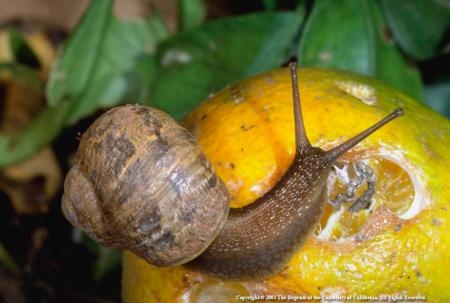Boost sustainability by eating low on the food chain
Some people believe eating low on the food chain is one way to help preserve the environment. And, in fact, livestock production consumes much more land and other resources per calorie than the production of plant foods.
A story on the website Bohemiam.com suggests it also makes sense to eat insects for improved dietary sustainability. Insects and other arthropods constitute an edible resource of tremendous biomass, the article said. Ants alone reportedly make up about a third of all terrestrial animal biomass.
Iowa State University's entomology department provides recipes for "rootworm beetle dip," which includes a cup of dried and roasted beetles. The site also has recipes for "banana worm bread," chocolate chip cookies with dried crickets crumbled into the dough and "mealworm fried rice," calling for equal parts rice and larvae.
Writer Alistar Bland got information for his story about the consumption of snails from a UC Davis website. Mainly known as a garden pest, snails were introduced into California from France in the 1850s as a food source. Snails may be sautéed in butter and garlic and served in the shell.
An eight-page UC publication is available for $1.50 from the UC Agriculture and Natural Resources catalog with instructions for raising and preparing snails for food.

Common garden snails can be a sustainable food source.

